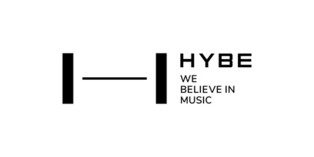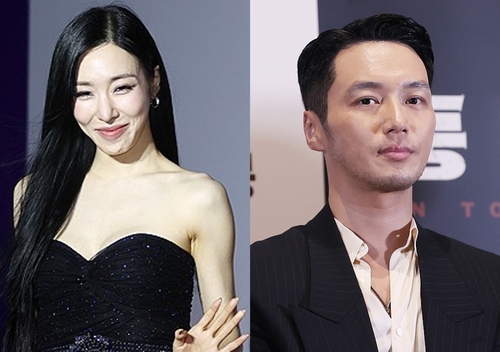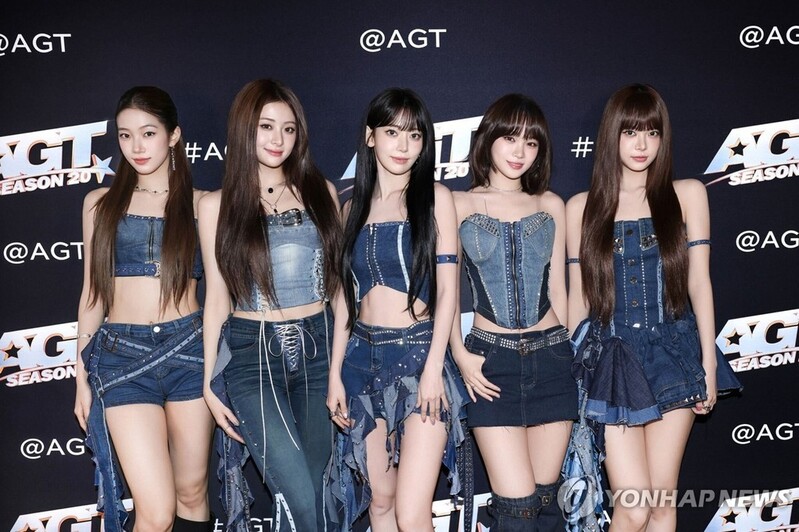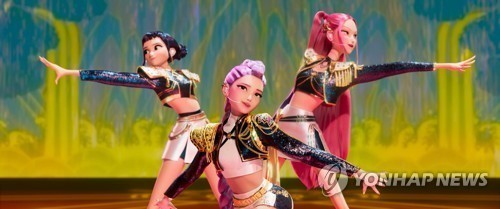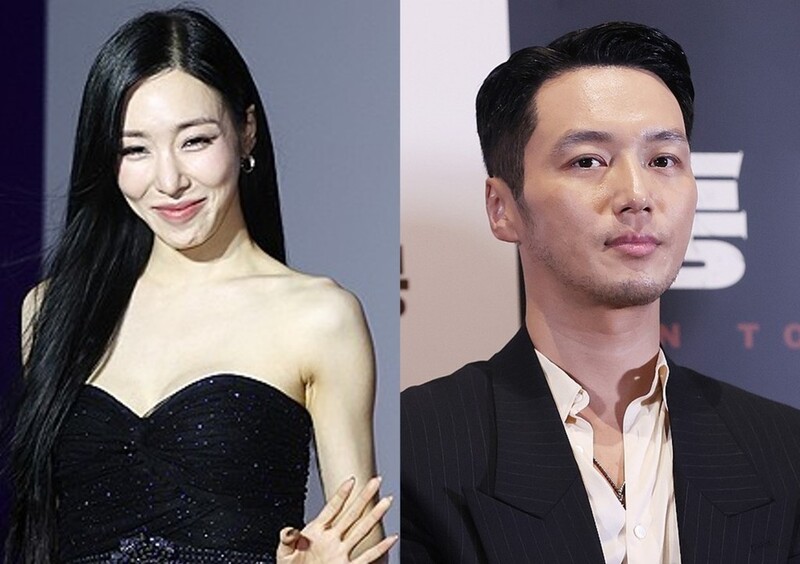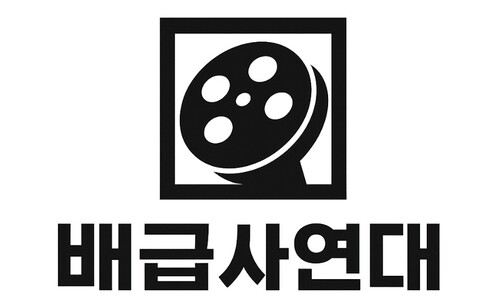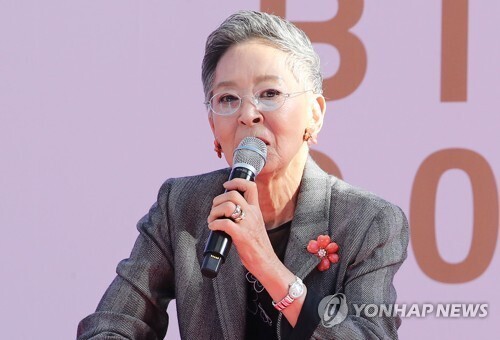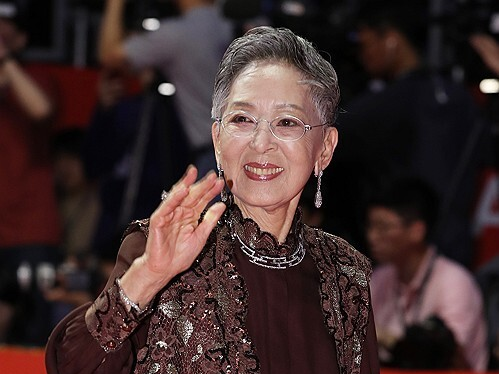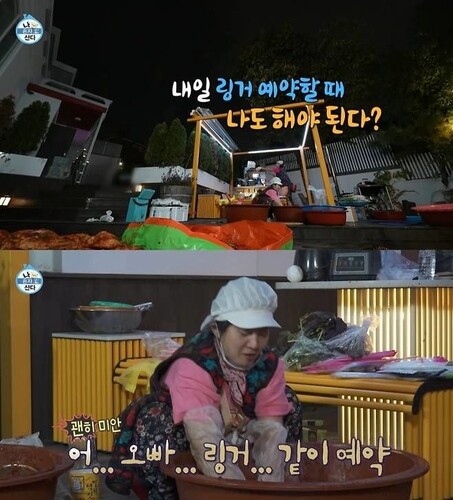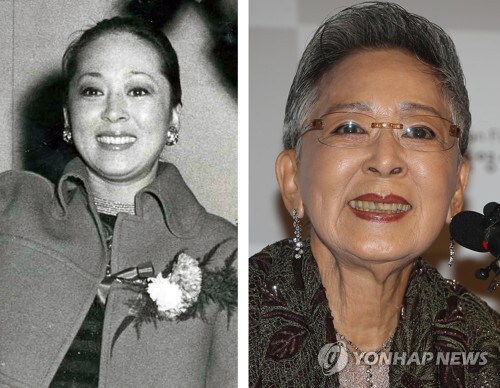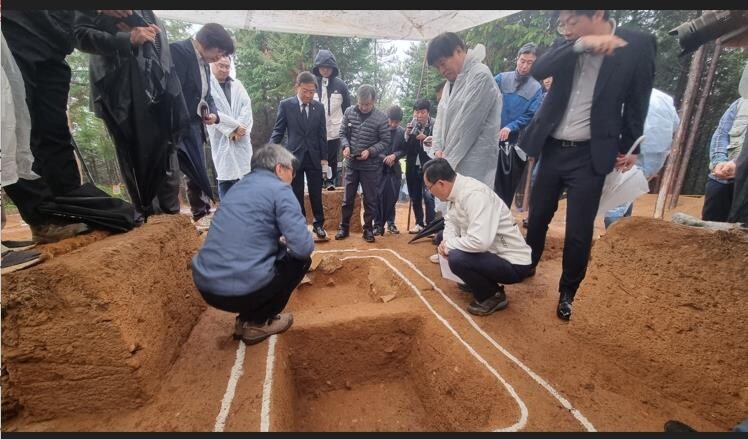 |
| ▲ This photo, provided by Haenam-gun, shows field advisory council on excavation and investigation of the Doksuribong Tombs. (PHOTO NOT FOR SALE) (Yonhap) |
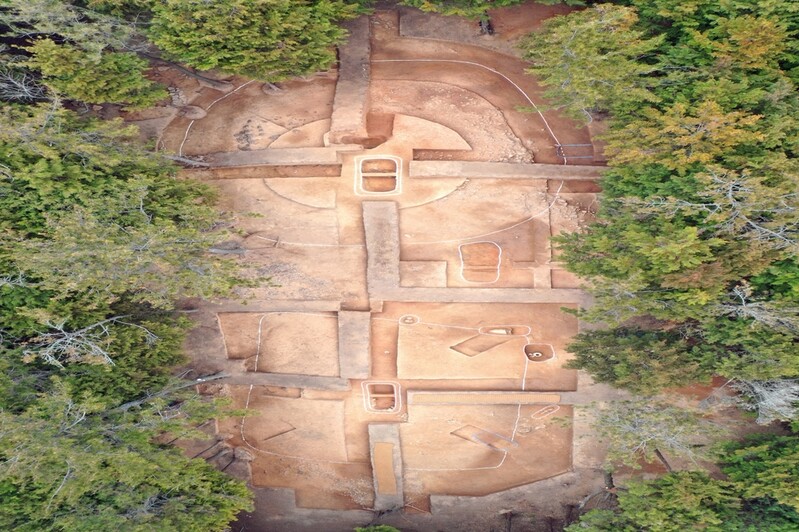 |
| ▲ This photo, provided by Haenam-gun, shows the view of Doksuribong Tombs. (PHOTO NOT FOR SALE) (Yonhap) |
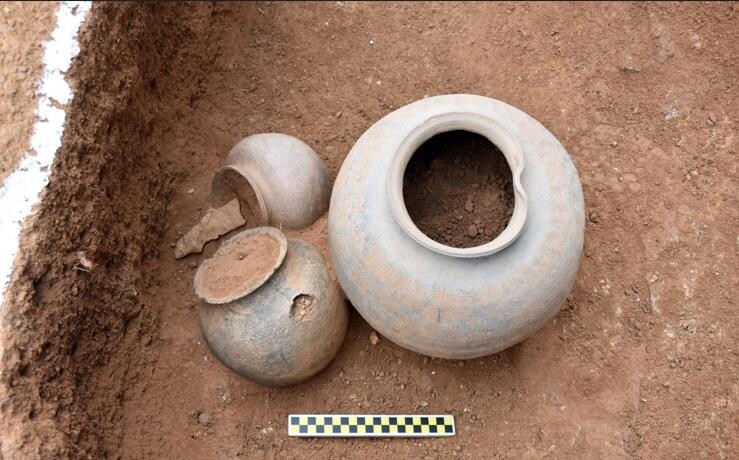 |
| ▲ This photo, provided by Haenam-gun, shows excavated relics of Doksuribong Tombs. (PHOTO NOT FOR SALE) (Yonhap) |
SEOUL, Mar. 26 (Yonhap) -- Tombs that appear to have been left behind by local forces who dominated the sea route around the southwestern coast of the Korean Peninsula 1700 years ago and grew through active exchanges with surrounding groups were excavated.
The Mahan Culture Research Center, a buried cultural heritage research institute, said on Sunday that three tombs from around the 4th century A.D. containing iron artifacts were identified after excavating the Doksuribong Tombs in Bangsan-ri, Bukil-myeon, Haenam-gun, South Jeolla Province.
Close to these tombs, there are many tombs of the 5th and 6th centuries A.D., including Bangsann-ri Tomb, one of the largest burial mound key-hole tombs on the Korean Peninsula.
The Doksuribong Tombs, identified in the survey, are expected to be a link to track changes of tombs culture in ancient communities on the southwest coast of the Korean Peninsula, given that they were built earlier than them.
The investigation agency notes that these tombs are located at the top of the mountain, where the southern coast sea entering Tamjin Bay can be seen at a glance, and at the ridge (54-58m above sea level) where it extends.
These tombs have a circular or planar mound viewed from the air, and wooden coffins and wooden outer coffins are placed in the center of their interior.
No. 1 Tomb, which is a circular plane, is about 13m in height based on the mound, and the remaining height is about 2m. In its inner center, a wooden outer coffee with a length of 240cm, a width of 113cm, and a depth of 45cm is placed.
No. 2 Tomb, which planar shape is oval, placed one wooden outer coffee in the center of the inside of the mound, and three additional jar coffins were later placed at the end of the mound.
(This article is translated from Korean to English by Yunhee Cho.)
(END)
(C) Yonhap News Agency. All Rights Reserved








